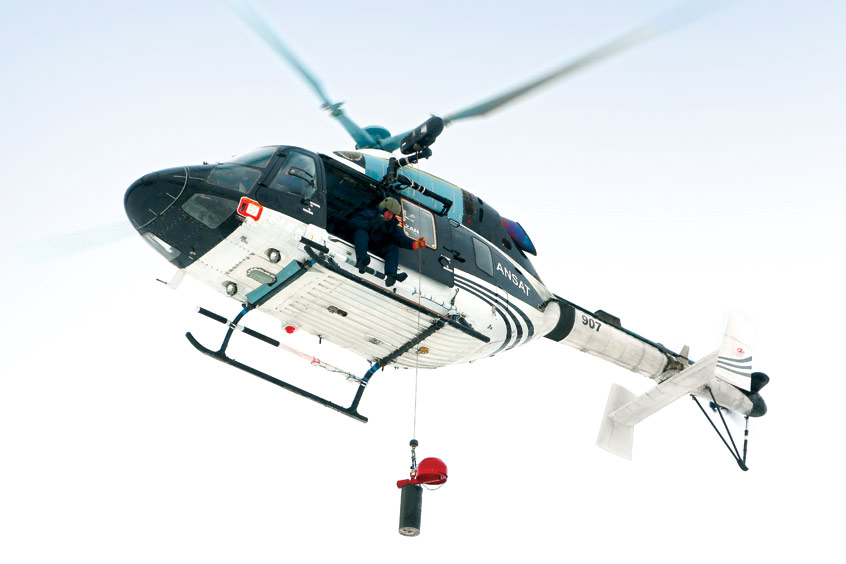Why visit ACE ’24?

Kazan Helicopters Plant, a subsidiary of Russian Helicopters, has received approval from the Russian Federal Air Transport Agency (Rosaviatsia) to install an onboard hoist winch on the Ansat helicopter. The new option significantly expands the helicopter's functionality, allowing it to safely lift and lower people and cargo weighing up to 272 kg.
The onboard winch increases the efficiency of the helicopter in SAR operations and allows the Ansat to carry out loading and unloading operations while hovering. It can be easily mounted and dismounted using quick couplings. While using the winch, it is still possible to access the engine compartment for servicing.
“The new option increases the competitiveness and commercial attractiveness of Ansat for potential customers interested in the versatility of the helicopter they are purchasing,” notes Aleksey Belykh, MD of Kazan Helicopters Plant.
In addition, Kazan Helicopters has completed testing a mooring system in the cargo compartment, which will allow operators to carry out cargo transportation. It is worth noting that the Ansat has the largest cargo compartment among helicopters with a takeoff weight of up to four tonnes.
The Ansat is a light multipurpose twin-engine helicopter, serial production of which is deployed at Kazan Helicopters. According to the helicopter certificate, its design allows it to be converted into a cargo version or into a passenger rotorcraft that can lift up to seven people. In May 2015, the modification of the helicopter with a medical module was certified. The Ansat is certified for use in temperatures ranging between -45 and +50 degrees Celsius, and in high mountains.
In August 2018, Rosaviatsia approved a major change that increased the capacity of several assemblies and systems of the Ansat. In 2019, the agency certified an increase in the airworthiness of Ansat's fuselage to 16,000 flying hours. In February 2020, the Russian aviation authorities certified an emergency flotation system used for the Ansat and issued approval for an increase of the airworthiness limitations for several major parts of the helicopter, making the Ansat more attractive to potential customers and increasing its competitiveness.